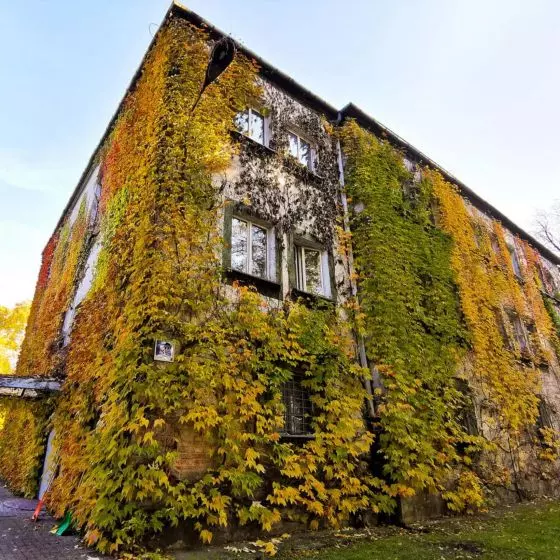The fashion for clinker as a facade material was popularized by Munich and Viennese architects of the late 19th and early 20th centuries. To this day, we mostly admire bright facades, which by their smoothness and resulting luminosity are the perfect backdrop for Art Nouveau florescence. After smooth and bright glazed clinker came the next fashions: for imitating old and blackened brick, handmade, yellow, orange... Clinker for almost a century and a half has always appeared where the facade is to be, firstly, durable, and secondly, dazzling in appearance - confirming the material status and aspirations of the investor. These properties are combined in StoBrick cladding, to which can be added another advantage - excellent thermal insulation as part of the StoTherm Ceramic system.
beautiful and functional
StoBrick cladding has all the advantages of a solid clinker brick curtain wall: It is resistant to weather conditions, including exposure to large temperature amplitude - both on an annual and daily basis. It is impenetrable to moisture acting from the outside and resistant to impact. In contrast, it surpasses a clinker brick facade in two insanely important aspects: it is lighter, and it provides better thermal insulation in insulation systems (especially as part of a dedicated StoTherm Ceramic solution). StoBrick cladding is characterized by its durability, which entails lower expenditures on facade repair and maintenance than on facades finished with plaster coatings.
It also has another advantage that is apparent at first glance: it is beautiful. And it comes in many guises: glazed, matte, smooth, porous, with hand-formed edges... The catalog of options and combinations is almost endless. Interested parties can spend long hours configuring their dream facade on the StoBrick configurator website.
StoBrick cladding in its many facades
© Sto
StoBrick cladding owes its extraordinary physical parameters and remarkable beauty to a unique manufacturing method by so-called drawing. The finished ceramic mixture goes into a vacuum press, where a strand of clay is formed under very high pressure, which is divided into pieces by a cutter - thus obtaining the unusual shape of the tile. For the original colors - is responsible for the process of engobing, that is, covering the surface of the tile with noble colored clay.
comprehensive solution
The light and handy cladding in 440×52×14 mm or 490×40×14 mm boards is best laid as part of the StoTherm Ceramic thermal insulation system. This is the only complete solution on the market (insulating system including clinker cladding) from a single system provider, fully covered by the manufacturer's warranty. It also gives you the option of combining StoBrick cladding with plastering as part of a single insulation system, which can be used on all typical building substrates. Depending on your preference, the main insulating material can be mineral wool (StoTherm Ceramic M) or polystyrene (StoTherm Ceramic S).
Read more about cladding and systems on Sto's website.




























